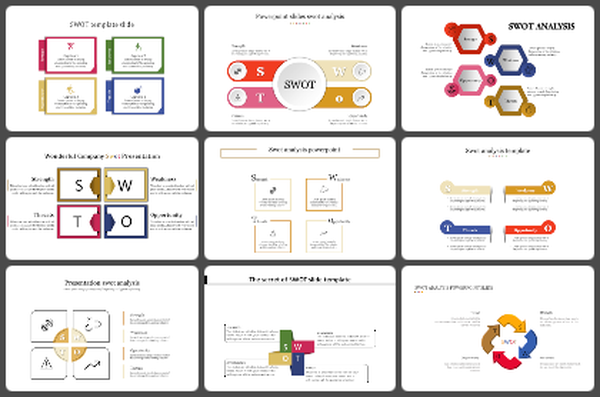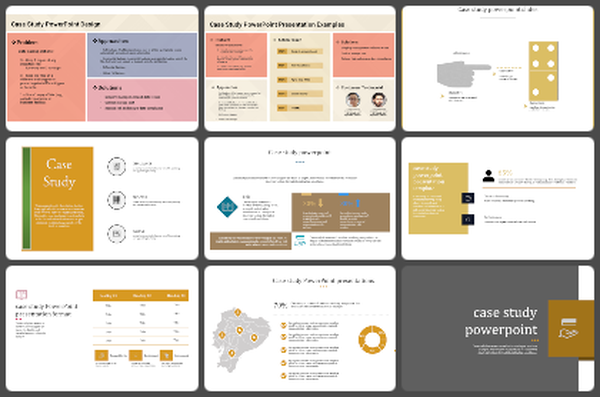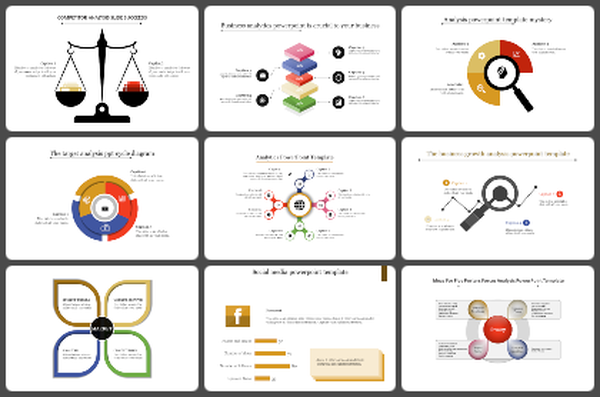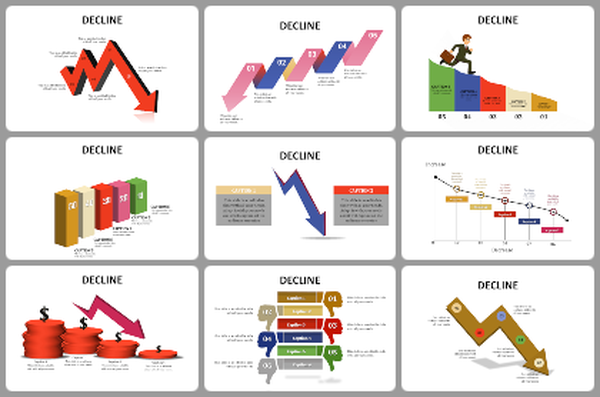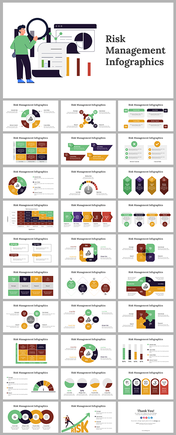Systemic Risk PowerPoint Presentation And Google Slides
Systemic Risk PowerPoint, Google Slides, and Canva Template
Systemic Risk refers to the potential for a major disruption in the financial system or economy due to the failure of a critical institution, market, or sector. Unlike idiosyncratic risk, which affects individual entities, systemic risk has a ripple effect, leading to widespread instability and economic downturns. It is most commonly associated with financial crises, market collapses, and global recessions.
Key causes of systemic risk include:
✔ Financial Institution Failures – The collapse of banks, insurance companies, or major corporations.
✔ Market Volatility – Sharp declines in stock markets, leading to investor panic and liquidity shortages.
✔ Economic Crises – Recessions, inflation, and currency devaluation that weaken the global economy.
✔ Regulatory Gaps – Lack of oversight, mismanagement, or inadequate financial policies.
✔ Interconnectedness – When multiple sectors or institutions depend on each other, amplifying risk.
Purpose Of The Slides
This 11-slide presentation deck, designed with a multicolor theme, provides a comprehensive overview of systemic risk, its causes, effects, and risk mitigation strategies. The slides cover real-world examples, risk assessment techniques, and regulatory policies to help businesses and policymakers navigate economic uncertainties.
Who Can Use It?
Special Key Features
Download this Systemic Risk PowerPoint template to create an insightful presentation on financial crises, economic risk assessment, and regulatory frameworks.
Features of this template
- 100% customizable slides and easy to download.
- The slides contain 16:9 and 4:3 formats.
- Easy to change the colors quickly.
- Highly compatible with PowerPoint, Google Slides, and Canva templates.














